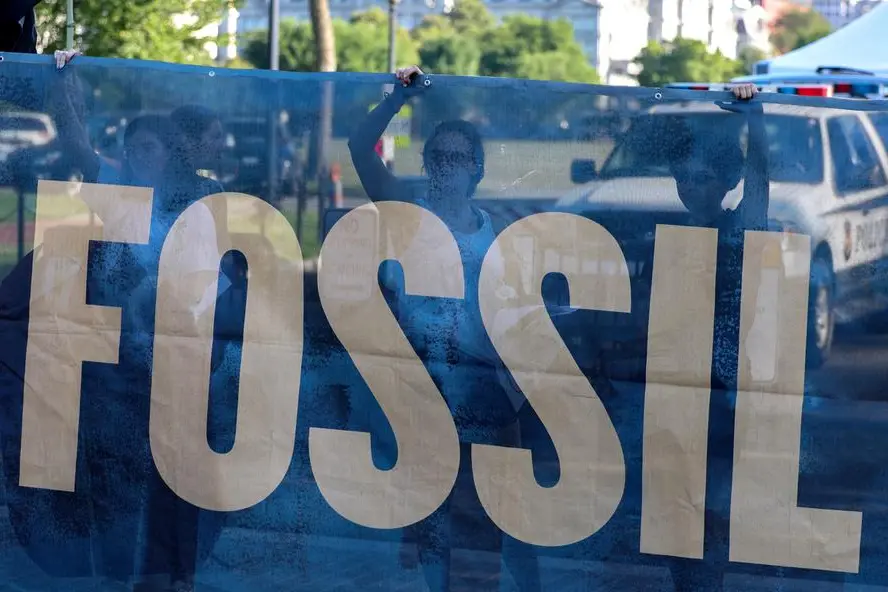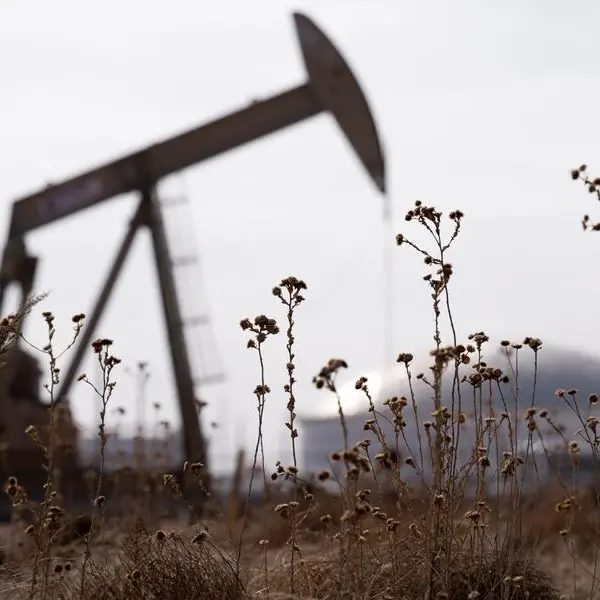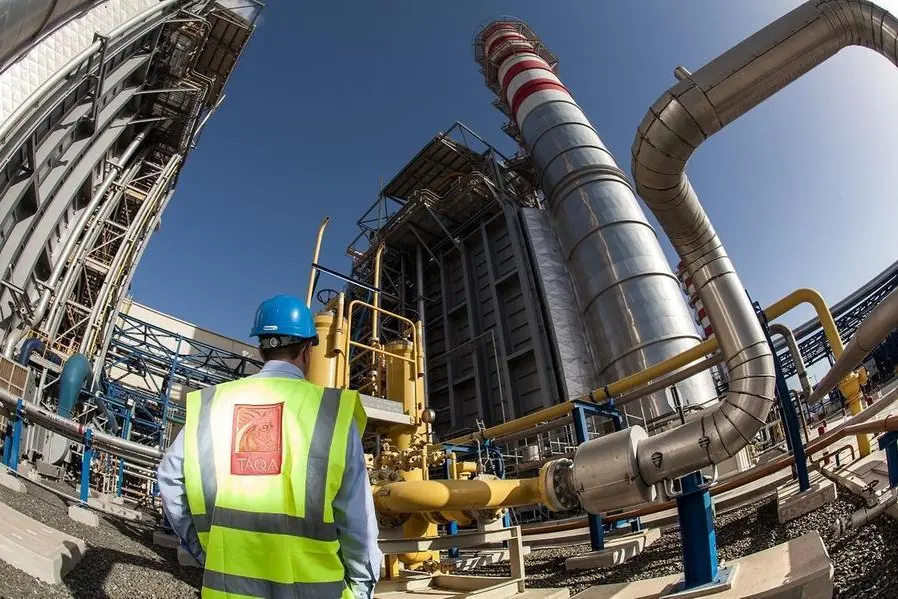PHOTO
FILE PHOTO: Environmental activists protest outside the White House to demand U.S. President Joe Biden stop fossil fuel projects and put climate justice at the heart of his infrastructure plans, in Washington, U.S., June 30, 2021. REUTERS/Evelyn Hockstein/File Photo Image used for illustrative purpose.
(The opinions expressed here are those of the author, a market analyst for Reuters.)
LITTLETON, Colorado - President-elect Donald Trump's support for the fossil fuel sector and climate scepticism have sparked dismay throughout the global climate tracking community, and fears that his policies may reverse global energy transition momentum.
His campaign speeches included pledges to boost domestic oil and natural gas output and to remove mandates on electric vehicle production, but he has yet to publish many specific new energy policies.
This lack of clarity has spurred despair among the climate community as it braces for the worst.
But a look back at the trends across the U.S. energy landscape during Trump's first term suggests there could be some bright spots.
Below are some key data and observations that can help shed light on how President Trump's first term impacted the U.S. energy space, and what we might expect this time around.
FOSSIL FUELLED
The first Trump administration made a big deal out of supporting homegrown energy, especially output of crude oil and natural gas which both scaled record highs during Trump's first term.
However, U.S. oil and gas production had also scaled record highs during President Barack Obama's terms, and have climbed even higher under Joe Biden.
The fact that oil and natural gas output trended higher before and after Trump suggests that technological and operational prowess plays a bigger role than the White House occupant in driving U.S. energy production.
That said, the first Trump administration did make a major impact on the international trade of U.S. oil and gas, by streamlining export permitting and promoting U.S. product exports.
U.S. LNG exports in particular soared once Trump took office, jumping from under 200 billion cubic feet in 2016 - President Obama's last year in office - to over 700 billion cubic feet during Trump's first year, according to the U.S. Energy Information Administration.
Then exports of so-called U.S. Freedom Gas really took off, hitting 1 trillion cubic feet in 2018, 1.8 trillion cubic feet in 2019, and 2.4 trillion cubic feet in 2020.
U.S. crude oil exports also shot higher under the first Trump spell, jumping from just under 600,000 barrels a day in 2016 to 1.1 million barrels in 2017, 2 million in 2018, 3 million in 2019 and 3.2 million in 2020.
Given the change to the more environment-friendly Biden administration from 2021, climate trackers had expected reduced production and exports of U.S. oil and gas.
But the opposite has been the case, with output and exports hitting new highs in each year since Biden took office.
With Trump back in power from next year, a continuation of those output and export trends looks likely.
But the extent of both will likely be as much driven by the economics of extraction and shipment as it will be by any Trump policy tweaks.
COAL COMFORT
The coal market underscores the importance of market dynamics on fossil fuels.
Under Trump's watch, U.S. coal production managed only modest growth during his first year and then sank to all-time lows during his final year.
Coal output has actually rebounded slightly during the Biden administration, but remains at roughly half the levels seen from 1990 through 2010 due to reduced coal use at home and abroad.
This underscores the fact that U.S. fossil fuel production and exports are driven more by global demand and market economics than by domestic policy.
CLEAN POWER MOMENTUM IS HARD TO STOP
The generation mix within the domestic power sector can be more easily influenced by policy, as subsidies, tax breaks and other incentives can drive investment at the utility level over the course of an administration.
However, the years-long power project development times means that any fuel mix changes can span presidential administrations, and are often driven more by utility needs than presidential decrees.
That said, the Biden administration's Inflation Reduction Act - which included measures to accelerate green energy adoption and production across the U.S. - has left an enduring imprint on the U.S. power industry.
Climate advocates are concerned that Trump's pro-fossil fuel stance and disdain for regulations mandating clean energy use may reverse some of that momentum.
But power and electricity generation data during Trump's first term indicates that clean power progress is hard to stop, even by big supporters of oil and gas.
During Trump's first term, U.S. electricity production from clean sources increased by 7%, fossil-fired generation dropped by 4%, and total emissions from power generation declined by 12%, according to energy think tank Ember.
Granted, clean power growth was higher under both Obama and Biden, expanding by 21% under Obama's tenure and 13% under Biden.
Yet power emissions have declined by only 6% under Biden, which illustrates that some trends are beyond the reach of bureaucrats.
And there are some trends that no administration will want to stop, such as the lowering of generation costs from new production capacity, be it renewable or fossil-based.
Trump has pledged to lower the cost of living and spur business growth during his next term, and his administration will know that cheap and abundant power will be needed to make that happen.
That means that every terawatt produced from renewables and other clean power sources will be needed, and that more will be built even if output from fossil fuels also keeps climbing. The opinions expressed here are those of the author, a market analyst for Reuters.
(Reporting By Gavin Maguire; Editing by Stephen Coates)























